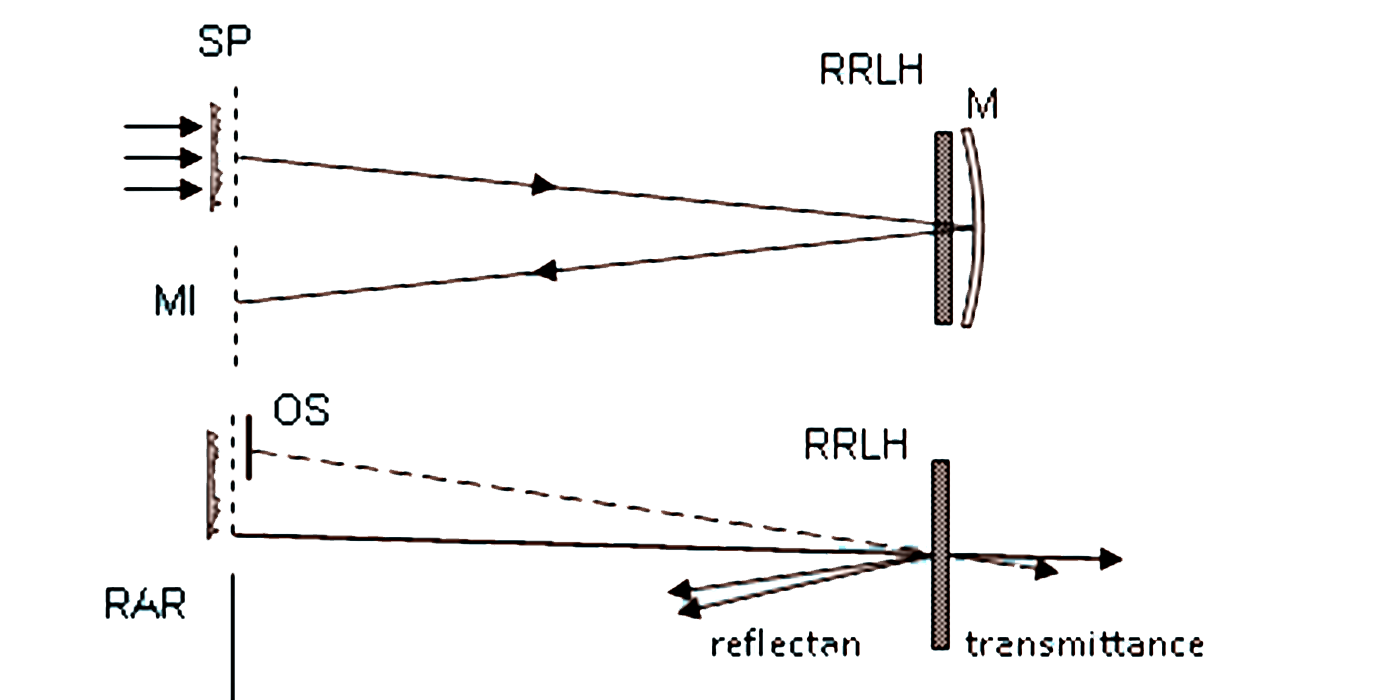Застосування методу асоціативного відновлення в задачах підвищення інформативності спотворених зображень та виявлення незначних змін у збережених зразках
DOI:
https://doi.org/10.15587/2706-5448.2022.266429Ключові слова:
голографічна асоціативна пам'ять, голограмні моделі, асоціативне відновлення інформації, фізичне моделюванняАнотація
Об'єктом дослідження є оптико-електронні методи та пов’язана з ними цифрова обробка інформації. Одним з найбільш проблемних місць є реконструкція відсутніх частин збережених даних та неможливість виявлення незначних змін у збережених зразках, а також реконструкція цілого виправленого шаблону з його неповної версії.
В ході дослідження використано кореляційно-оптичний підхід до проблеми голографічної асоціативної пам`яті, що дозволило досягти високоефективної гетероасоціативної реконструкції цілого виправленого шаблону з його неповної версії. Аналіз моделей голограм з фантомними зображеннями та нелінійно-записаних голограм, зчитаних в асоціативному режимі, показує широкий набір корисних можливостей. Обґрунтовано їх застосування не лише в задачах реконструкції даних, а й при виявленні незначних змін у збережених зразках, високоефективної гетероасоціативної реконструкції на основі неінтерференційного механізму. Аналіз результатів кореляційно-оптичного підходу до проблеми голографічної асоціативної пам`яті свідчить про те, що описаний метод відкриває додаткові можливості для вирішення задач виявлення малих змін в об`єктній сцені, що важливо, зокрема, при ранній реєстрації подій та явищ. Це пов’язано з тим, що детектування й локалізація змін здійснюється за перепадом інтенсивності по полю зображення (ефект інверсії яскравості у фантомному зображенні безопорної голограми): яскравість зображення зміненої області виявляється вищою, причому тим більшою мірою, чим меншими є зміни у порівнянні з еталонним зображенням. Особливо слід відзначити, що визначені властивості нелінійно-голографічної асоціативної пам`яті реалізуються не алгоритмічно, а фізично – із урахуванням фундаментальної нелінійності усіх природних процесів, якою нехтують при проведенні поверхневого (у першому наближенні) аналізі. Фізичне моделювання асоціативної пам`яті на основі голограм другого порядку не передбачає жодних схемних ускладнень порівняно із стандартною голографічною процедурою.
Посилання
- Dai, B., Cao, Y., Wu, Z., Dai, Z., Yao, R., Xu, Y. (2021). Routing optimization meets Machine Intelligence: A perspective for the future network. Neurocomputing, 459, 44–58. doi: https://doi.org/10.1016/j.neucom.2021.06.093
- Wang, Q., Hao, Y. (2020). ALSTM: An attention-based long short-term memory framework for knowledge base reasoning. Neurocomputing, 399, 342–351. doi: https://doi.org/10.1016/j.neucom.2020.02.065
- Yang, R., Singh, S. K., Tavakkoli, M., Amiri, N., Yang, Y., Karami, M. A., Rai, R. (2020). CNN-LSTM deep learning architecture for computer vision-based modal frequency detection. Mechanical Systems and Signal Processing, 144, 106885. doi: https://doi.org/10.1016/j.ymssp.2020.106885
- Kakkava, E., Rahmani, B., Borhani, N., Teğin, U., Loterie, D., Konstantinou, G., Moser, C., Psaltis, D. (2019). Imaging through multimode fibers using deep learning: The effects of intensity versus holographic recording of the speckle pattern. Optical Fiber Technology, 52, 101985. doi: https://doi.org/10.1016/j.yofte.2019.101985
- Moura, A. L., Pereira, A. F., Canabarro, A., Carvalho, J. F., de Oliveira, I., dos Santos, P. V. (2020). Near-infrared holographic photorefractive recording under applied electric field in undoped Bi12TiO20 sillenite crystal. Optical Materials, 108, 110398. doi: https://doi.org/10.1016/j.optmat.2020.110398
- Haleem, A., Javaid, M., Singh, R. P., Suman, R., Rab, S. (2022). Holography and its applications for industry 4.0: An overview. Internet of Things and Cyber-Physical Systems, 2, 42–48. doi: https://doi.org/10.1016/j.iotcps.2022.05.004
- Ma, Y., Tresp, V., Daxberger, E. A. (2019). Embedding models for episodic knowledge graphs. Journal of Web Semantics, 59, 100490. doi: https://doi.org/10.1016/j.websem.2018.12.008
- Angelsky, O. V., Polyanskii, P. V., Felde, C. V. (2012). The Emerging Field of Correlation Optics. Optics and Photonics News, 23 (4), 25. doi: https://doi.org/10.1364/opn.23.4.000025
- Polyanskii, P. V. (1990). On matched filtering using reflection hologram. Ukrainian Journal of Physics, 35 (3), 353–356.
- Polyanskii, V. K. (1995). Holographic associative memories with a true brightness tone rendering. Optical Engineering, 34 (4), 1079–1087. doi: https://doi.org/10.1117/12.197162
- Owechko, Y. (1989). Nonlinear holographic associative memories. IEEE Journal of Quantum Electronics, 25 (3), 619–634. doi: https://doi.org/10.1109/3.18575
- Polyanskii, P. V. (1988). On conjugate imaging in generalized holographic filtering arrangement. Optics and Spectroscopy, 65 (2), 345–348.

##submission.downloads##
Опубліковано
Як цитувати
Номер
Розділ
Ліцензія
Авторське право (c) 2022 Olena Husak

Ця робота ліцензується відповідно до Creative Commons Attribution 4.0 International License.
Закріплення та умови передачі авторських прав (ідентифікація авторства) здійснюється у Ліцензійному договорі. Зокрема, автори залишають за собою право на авторство свого рукопису та передають журналу право першої публікації цієї роботи на умовах ліцензії Creative Commons CC BY. При цьому вони мають право укладати самостійно додаткові угоди, що стосуються неексклюзивного поширення роботи у тому вигляді, в якому вона була опублікована цим журналом, але за умови збереження посилання на першу публікацію статті в цьому журналі.








